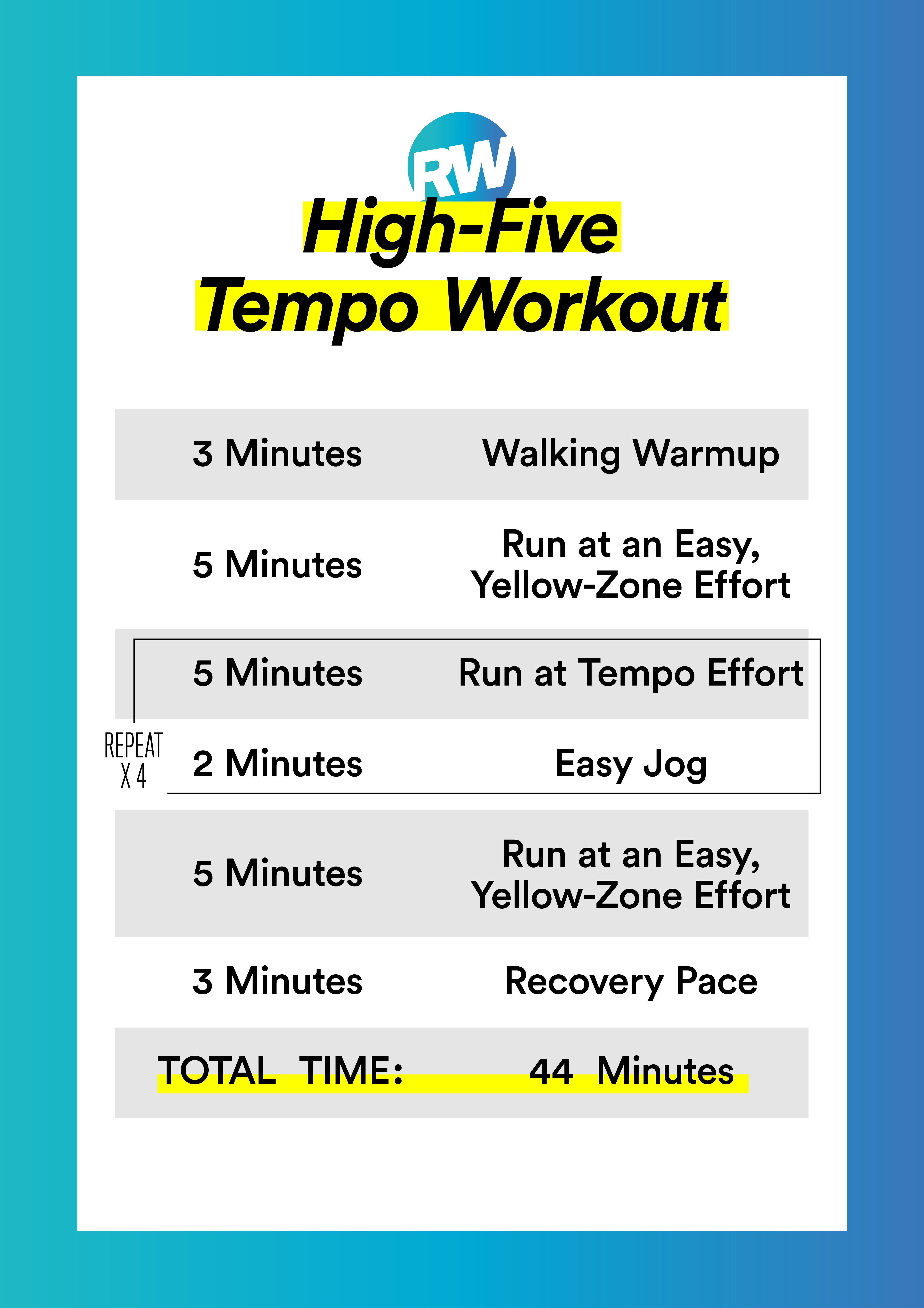Running Workout Tips: Boost Your Performance Today
Running Workout Tips: Boost Your Performance Today
Blog Article
The Ultimate Guide to Handling Discomfort When Running
Whether you are a skilled marathoner or simply starting your running journey, understanding the various types of discomfort that can emerge and the strategies to resolve them is crucial. From pre-run workout regimens to appropriate footwear selection, there are various factors to take into consideration when it comes to dealing with discomfort while running.

Understanding Various Sorts Of Running Pain
When running, it is necessary to compare various sorts of pain to protect against injuries and maximize efficiency (Read More). One usual kind of pain that runners might experience is muscle mass discomfort, which normally develops from the tension placed on muscles throughout exercise. This type of discomfort is usually a regular component of the running procedure and can be handled with proper warm-up, cool-down, and stretching routines
Another kind of pain to be knowledgeable about is joint pain. Joint discomfort can indicate concerns such as overuse, incorrect kind, or underlying conditions like joint inflammation. Ignoring joint pain can bring about a lot more severe injuries, so it is critical to deal with any kind of discomfort promptly and possibly seek professional recommendations.
Furthermore, sharp or stabbing pains must not be overlooked. These types of discomfort can signal severe injuries such as stress, strains, or stress and anxiety fractures - running workout. Continuing to go through these sorts of discomfort can aggravate the injury and prolong recovery time

Pre-Run Workout and Extending Regular
To prepare the body for a running session, carrying out an efficient pre-run workout and extending regular is crucial. A proper warm-up helps raise blood circulation to the muscular tissues, enhances flexibility, and reduces the risk of injury during the run. Begin with dynamic stretches like leg swings, arm circles, and high knees to gradually elevate your heart price and relax the muscular tissues. Dynamic stretching helps mimic the activities you'll be doing while running, preparing your body for the task in advance. Follow this with fixed stretches concentrating on major muscle teams such as the hamstrings, quadriceps, calves, and glutes. Hold each go for about 15-30 seconds without jumping to advertise muscular tissue leisure and versatility. Remember to listen to your body and readjust the strength of your warm-up based on your physical fitness level and any pre-existing problems. By including a regular pre-run workout and extending routine into your running program, you can enhance performance and minimize the risk of pain or injury.
Appropriate Footwear Selection and Fit
Selecting suitable footwear that fits well is critical for joggers to avoid pain and reduce the threat of injuries. Ill-fitting footwear can result in blisters, black toenails, shin splints, and various other uncomfortable conditions that can impede performance and sideline training. When picking running footwear, it is vital to think about aspects such as foot type, running stride, arch support, padding, and shoe size. running strategy. Visiting a specialized running shop for a gait analysis and specialist fitting can assist ensure that you choose the right footwear for your individual requirements. Running footwear need to provide appropriate support and stability while likewise being comfortable and light-weight. Furthermore, it is recommended to change your running shoes every 300-500 miles to maintain appropriate padding and assistance. Investing in high-quality footwear that is proper for your running design and foot makeup is a proactive step towards stopping discomfort and injuries throughout your runs.
Nutrition and Hydration Tips for Pain Avoidance

Hydration is just as vital for runners to stay clear of cramps, dehydration, and various other discomforts that can cause pain throughout running. It is recommended to consume alcohol a sufficient quantity of water throughout the day and particularly in the past, during, and after running sessions. Electrolyte-rich drinks or sports beverages can additionally be valuable for renewing shed minerals and maintaining appropriate liquid equilibrium. running workout (Read More). By prioritizing nourishment and hydration, runners can boost their performance, lessen discomfort, and appreciate an extra comfy running experience.
Post-Run Recuperation Techniques to Relieve Discomfort
Implementing efficient recuperation strategies is vital for alleviating pain and promoting muscle mass recuperation after running sessions. One vital post-run recovery technique is stretching. Including static stretches for significant muscular tissue teams can help reduce muscle mass tension and soreness. Foam rolling is another useful technique to launch muscular tissue rigidity and improve blood flow to the muscles, helping in quicker healing. Furthermore, icing sore areas for 15-20 minutes can assist minimize swelling and numb discomfort post-run.
Moisturizing adequately post-run is essential for renewing fluids lost during exercise and aiding in muscle mass recuperation. Consuming a balanced treat or meal that includes protein and carbohydrates within half an hour of finishing a run can help repair muscle tissue and renew power stores. Furthermore, obtaining adequate rest is important for enabling the body to fix and strengthen muscles. Integrating energetic recuperation tasks such as light strolling or swimming can additionally aid advertise blood circulation and minimize muscle rigidity - Read More. By integrating these post-run recovery techniques into your regimen, you can properly take care of discomfort and maximize your running efficiency.
Final Thought
Finally, attending to different kinds of running pain via correct workout, extending, shoes option, nutrition, hydration, and post-run recovery techniques is crucial for discomfort prevention and management. By understanding the reasons of pain and executing these strategies, runners can decrease pain and potential injuries. It Homepage is critical to focus on total physical wellness and well-being to make certain an effective and satisfying running experience.
Report this page